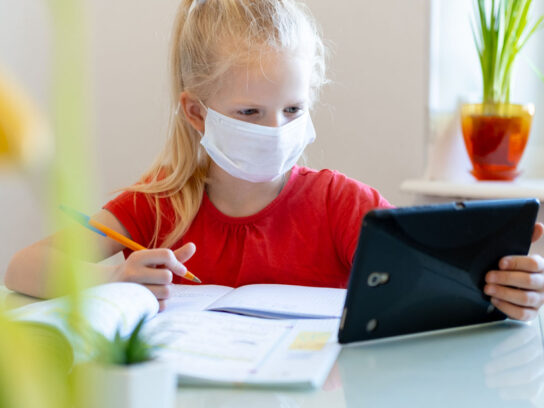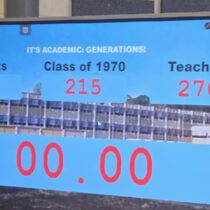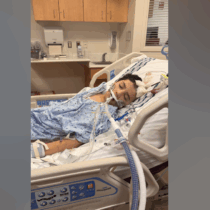
Montgomery County Public Schools’ (MCPS) virtual learning guidelines may or may not fall within the number of hours of teacher-led learning that the Maryland State Board of Education (BOE) called for at its meeting Tuesday morning. It all comes down to how the average number of hours are calculated.
The state BOE agreed Sept. 1 to require that all school districts offer an average of 3.5 hours of direct teacher learning by Thanksgiving, but a spokesperson for MCPS said before he could say that the District was in compliance, school officials needed to understand if the average of 3.5 hours concerns individual days or the entire week.
“We are seeking clarity from the state to better understand the impact for MCPS of this regulation. We remain committed to providing our students with high quality instruction and ensuring the health and safety of our students and staff,” spokesperson Derek Turner wrote in an email.
MCPS provides between four and 4.5 hours of synchronous learning each day, depending on grade level, for a total of between 18 and 21.38 hours, depending on grade level. These numbers are determined over 4.5 days per week.
Synchronous learning is defined as remote learning that happens in real time with the interaction between the teacher and students and occurs in a virtual classroom setting. The rest of the day contains asynchronous learning, including pre-recorded video lessons, assigned readings, independent practice, paper and pencil activities and center activities.
At one point during the meeting, State Superintendent Dr. Karen Salmon said it was important to talk about the total number of synchronous learning hours per week, but at other times school board members spoke about 3.5 hours of synchonous learning each day.
Salmon noted that it is mandatory for schools to offer six hours of instruction per day and to be in session for 180 days.
The board met as MCPS students attended their second day of virtual schooling with the goal of returning to the physical classroom at the start of the second semester, which begins in February.
Salmon said she would like to see students return sooner and that schools provide the same number of direct teacher learning to provide equity throughout the state school system. “I think there is a way forward,” she said during the two-hour virtual meeting.
In less than 48 hours, 20,000+ Marylanders signed our petition calling on the State Board to reject Supt Salmon's last-minute proposal to rip up the local school schedules we've spent months planning for. The State Board meets at 9 am. Will they listen?https://t.co/zTng4tVxho
— Maryland Educators (@MSEAeducators) September 1, 2020


Comments are closed.